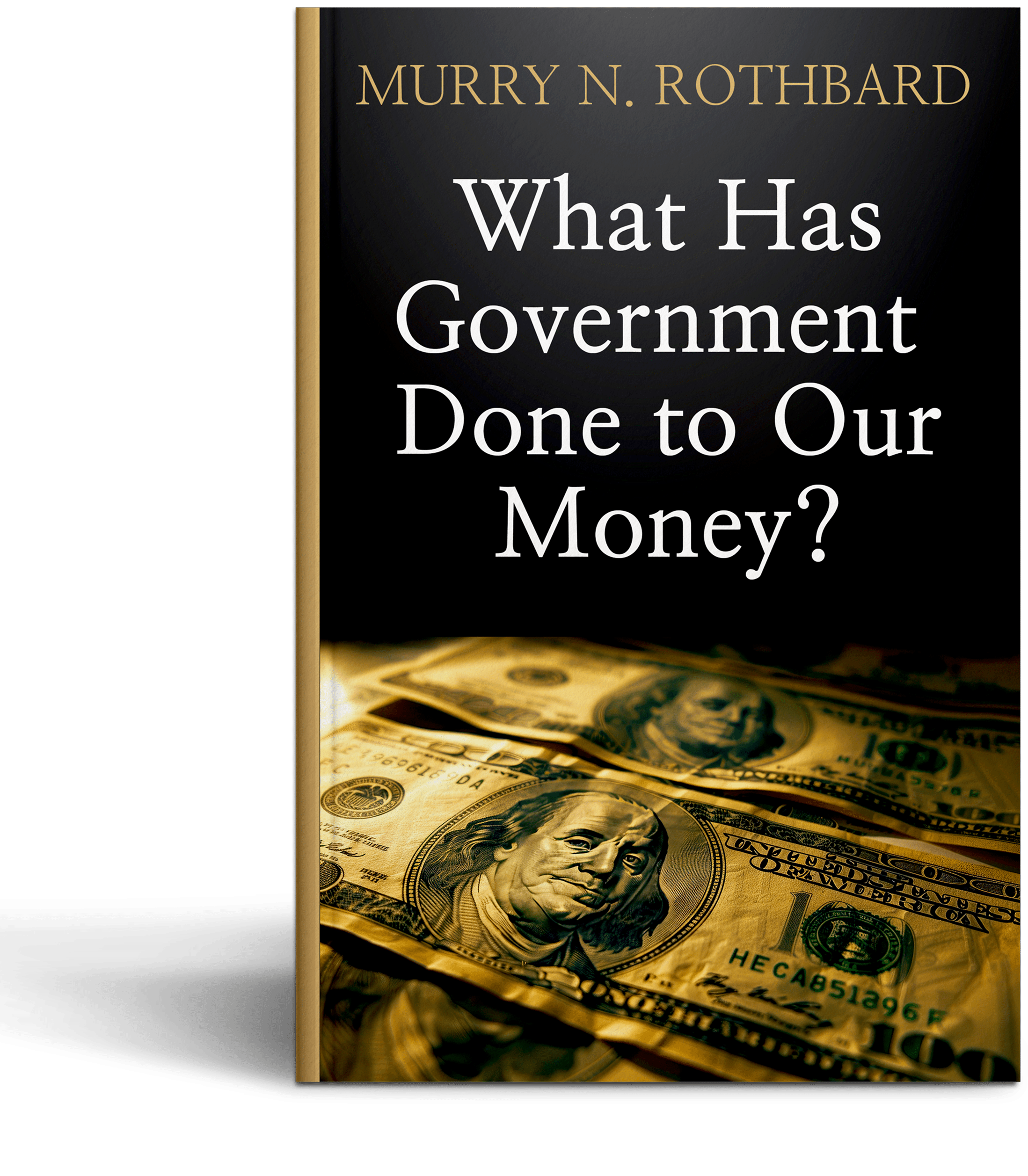I saw a meme the other day that said:
“I’m not paying back my student loans. They need to learn financial responsibility — who lends $50,000 to an 18-year-old with no job?”
It was meant as a joke, but it’s only funny if you don’t understand what’s really going on.
Because if you do, the humor evaporates and you realize the truth is far more troubling — the very people laughing are the ones ultimately paying for the punchline.
Who Really Makes That Loan
That $50,000 isn’t coming from some private lender evaluating an 18-year-old’s creditworthiness. It’s coming from a bank or service that issues the loan because it’s guaranteed by the federal government, through programs once administered by Sallie Mae and now overseen by the U.S. Department of Education.
In other words, the lender bears almost no risk.
The loan exists not because the borrower is creditworthy, but because the government has pledged taxpayer money to back it. That guarantee means the normal market discipline that should prevent reckless lending is gone. No one in the chain has any skin in the game except the borrower — and eventually, the taxpayer.
How the Incentive Structure Got Corrupted
When lenders are insulated from risk, they lend freely. When colleges know students can borrow endlessly, they raise tuition. And when government guarantees repayment, the cost of failure is simply socialized across everyone else.
This is moral hazard in its purest form — the same mechanism that inflated the housing bubble in 2008.
Back then, lenders didn’t care about loan quality because Fannie Mae and Freddie Mac would buy the paper. Today, universities don’t care about price because federal backing guarantees demand. Different market, same pathology.
Ignorance as Entertainment
The real story in that meme isn’t about student loans — it’s about financial illiteracy.
Millions of Americans see that joke, laugh, and share it, not realizing they’re laughing at their own expense.
“Who lends $50,000 to an 18-year-old with no job?”
Answer: You do.
Through your taxes. Through inflation that erodes your purchasing power. Through national debt that grows every time Washington socializes private losses.
When memes like this go viral, they reveal something far deeper than humor — they’re a mirror showing how little people understand about money, debt, and consequence.
From Default to Debasement
Once voters start believing debt can be wished away, they inevitably vote for politicians who promise to cancel it.
But debt doesn’t disappear — it just gets absorbed into the federal balance sheet. To cover it, the government issues more bonds, the Federal Reserve creates more money, and the currency gets diluted.
That’s the real chain reaction behind the joke:
- Irresponsible lending →
- Unpayable debt →
- Political pressure for forgiveness →
- Monetization of losses →
- Debasement of the dollar.
Every time that cycle repeats, your savings, wages, and retirement dollars lose purchasing power. That’s not comedy — that’s policy failure on a trillion-dollar scale.
The Real Lesson
The meme was trying to mock the system. What it actually revealed is a society that doesn’t understand it.
We’ve become so detached from the mechanics of money that we can laugh about a problem we’re all funding — and wonder why our dollars buy less every year.
At Cole Metals Group, our mission is to help people see the connection between government promises, monetary expansion, and the quiet theft of purchasing power. Because once you understand that dynamic, you understand why physical gold isn’t just an investment — it’s protection against a system that keeps turning jokes into liabilities.
What This Means For You
When the government guarantees bad debt, the taxpayer inherits it.
When the Fed prints to fund it, the dollar absorbs it.
And when the dollar absorbs too much, the value of everything denominated in it — from savings accounts to salaries — erodes.
That’s not a meme. That’s the mechanism of debasement.
And that’s exactly why owning real, tangible gold still matters.


